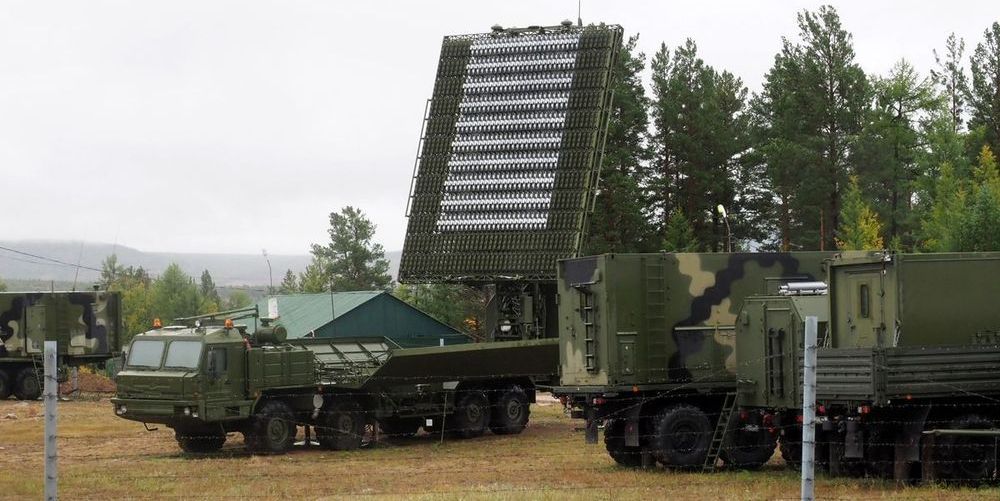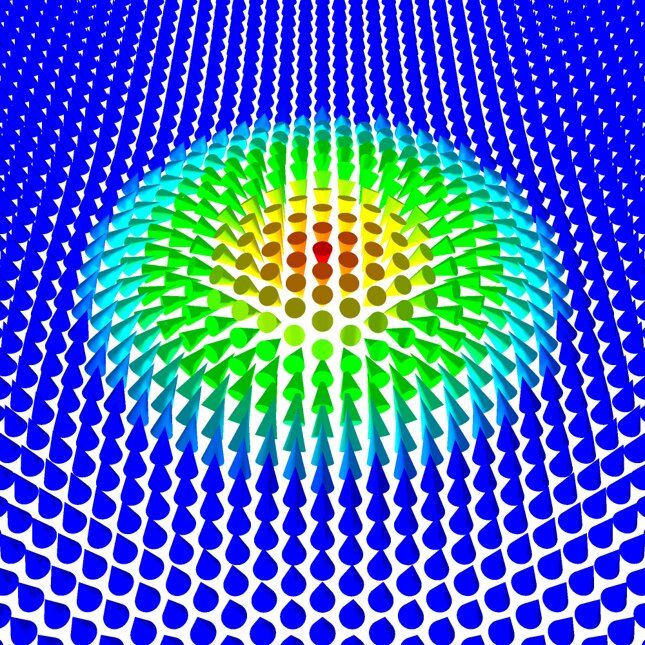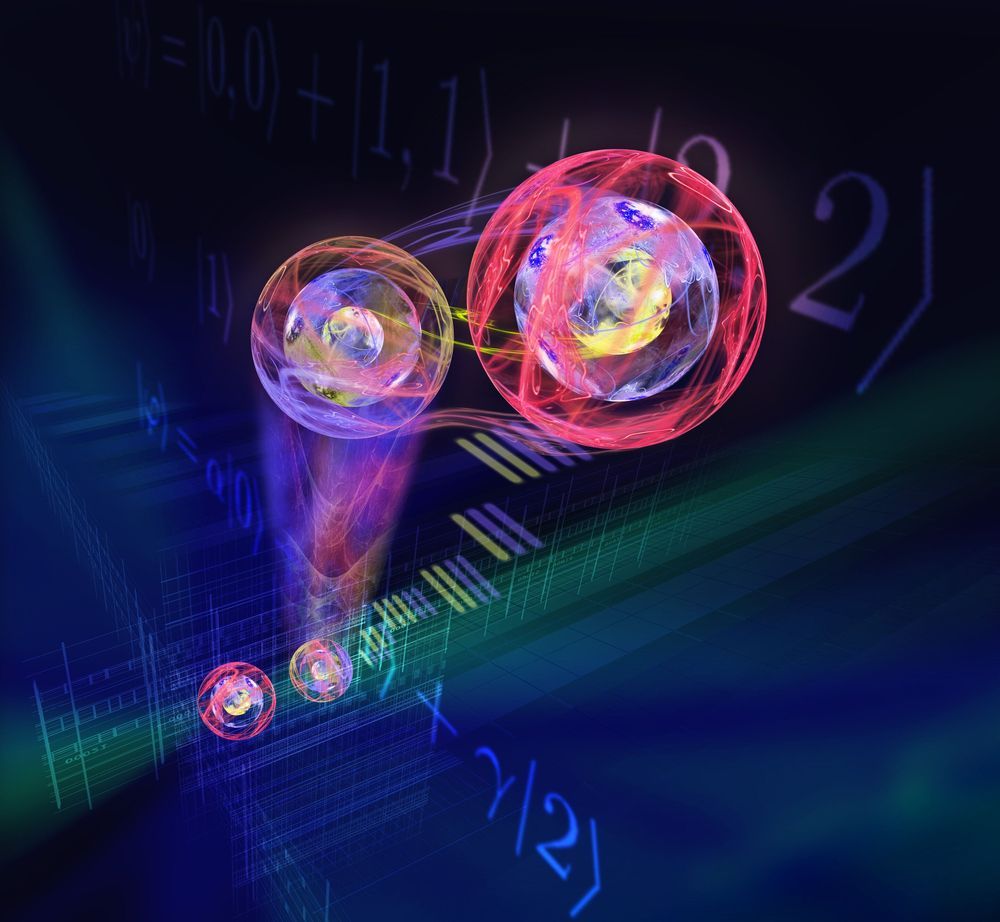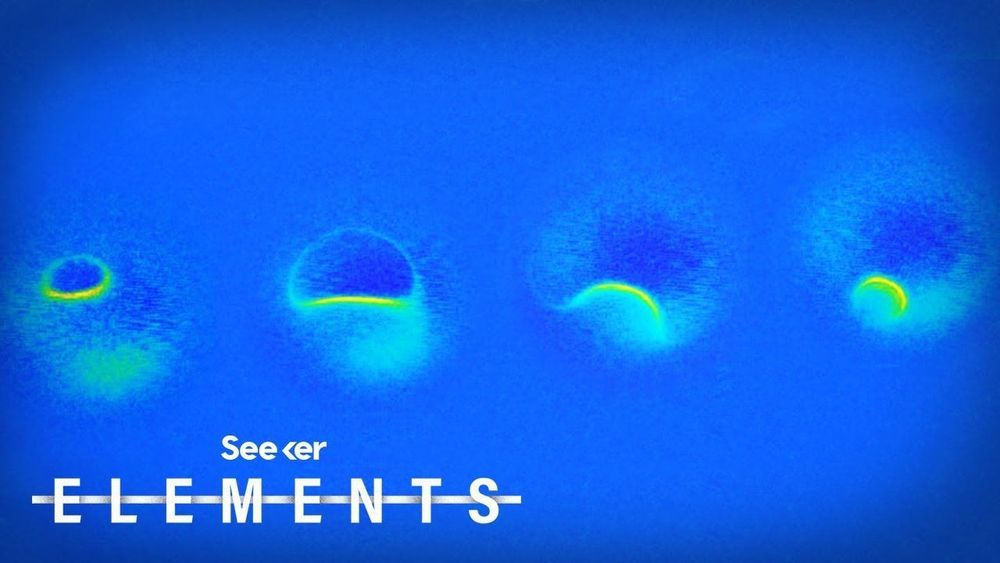Aug 27, 2019
What Is Quantum Gravity?
Posted by Quinn Sena in categories: particle physics, quantum physics, space
Gravity was the first fundamental force that humanity recognized, yet it remains the least understood. Physicists can predict the influence of gravity on bowling balls, stars and planets with exquisite accuracy, but no one knows how the force interacts with minute particles, or quanta. The nearly century-long search for a theory of quantum gravity — a description of how the force works for the universe’s smallest pieces — is driven by the simple expectation that one gravitational rulebook should govern all galaxies, quarks and everything in between. [Strange Quarks and Muons, Oh My! Nature’s Tiniest Particles Dissected (Infographic)].

















